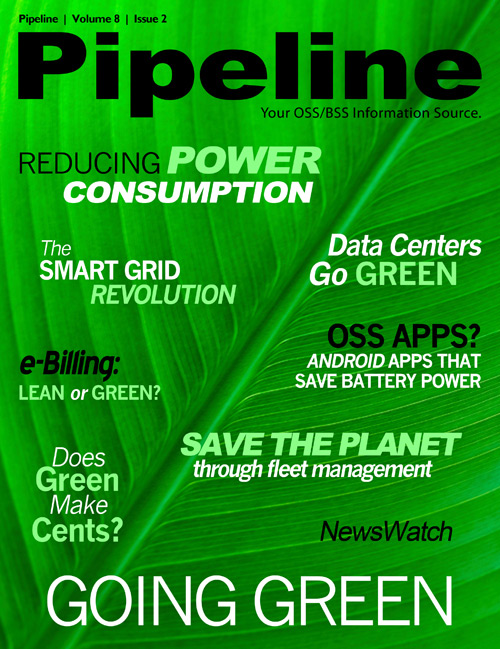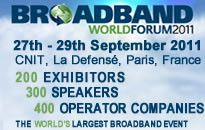Workforce and Fleet Management
“Another component,” said Tam, “looks at the worker by monitoring driver behavior.” Hard
braking. Hard acceleration. Harsh turning. These things all impact fuel use, vehicle wear and tear, and
vehicle safety.
Trimble reports that in their work with Cox Communications, they were able to save that company $2
million in fuel costs each year.
Tam also said that the use of telematics can impact insurance premiums as well. “There is a positive
push towards insurance companies asking fleet owners to make fleets safer,” said Tam. Telematics can
provide that insight into driver behavior that increases fleet safety, and can, therefore, result in positive
premium consideration for fleet owners and operators. In addition, Tam said that one customer
realized after a year of watching fleet activities that they simply had too many vehicles, many of which
were barely being used. As a result, they were looking at a 5-10% reduction in fleet size after one year.
There’s also a customer service angle to better managing installation and service fleets.
“As competition increases in areas around satellite and Internet providers, telcos and cable companies
have a greater need to differentiate, to be more efficient, and effective,” said Rich Chinitz, Director of
Marketing for TOA Technologies. TOA is one of a number of companies focusing on mobile workforce
management, and they emphasize that efficiency is a boon to customers, as well as a way to reduce
emissions and cost.
“Now, with more transparent social media channels like Twitter, there is greater opportunity for
customers to voice their dissatisfaction on services they receive,” said Chinitz. “Enhanced workforce
management can better manage appointments and being on time can significantly improve customer
satisfaction.”
And this, of course, is also a cost issue at its heart. “Customer retention is much less expensive than
attracting new customers – and all cable, satellite and telcos must make this of highest importance,“
said Chinitz, “as they’re not growing as rapidly as they once had in the past.“
When these workforce management solutions are integrated into a wider management/activation
suite, which they often are, the customer satisfaction benefits are even more obvious. Cycle30
integrates TOA’s planning and scheduling modules into its platform, for example.
So while providers are striving to modernize their fleets and embrace alternative energy to reduce
carbon emissions, there may be ways to enhance user experience and reduce costs and emissions while
those next-gen fleets are still on the way. Smart management goes a long way towards making that
happen.
Happy customers. Happy investors. Happy planet.





